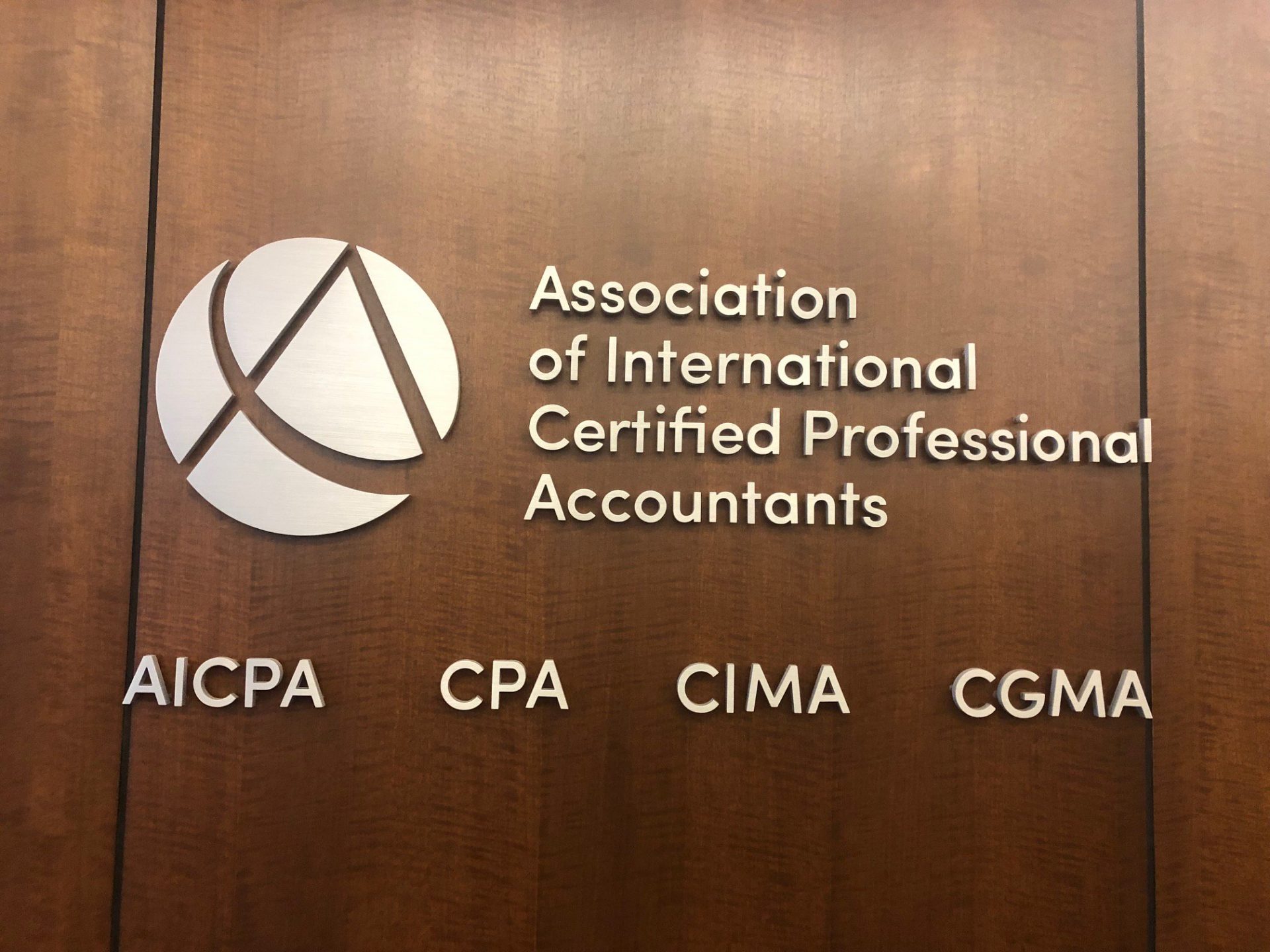Time Management is Essential to Productivity, Whether Billing by the Hour or Not
The past decade has seen monumental changes in the way accounting practices run. What initially started as the ideal of the paperless office, evolved into a workflow revolution that has seen increasing use of electronic communication with clients, online collaboration, automated workpapers and, more recently, a change in how firms bill their clients.
With a few exceptions, until a decade or so ago, most in the accounting profession traditionally charged by the hour for their services, based in part on the skill level and role of the staff member performing a task, the perceived value of the final product to the client, and the prevailing rates in a particular city or region. Clients weren’t always billed directly by the hour, however, but the rates for even most flat-fee services were primarily based on the anticipated or budgeted time to be spent, in addition to the other factors mentioned above.
Increasingly, however, many firms are charging flat rates for more than just a few specific tasks or services, with the “value pricing” paradigm moving many practices to charging a set fee for a combination of services they provide on a client-by-client basis.
Whether a firm is using value pricing or the more traditional hourly-focused method, a time and billing system or practice management program that includes time tracking and invoicing functions should still be a central component of the firm. First of all, they still obviously need to bill their clients. As for the second point, even if not billing by the hour, tracking time can give firm management information on firm, staff and group productivity, as well as on the appropriateness of the rates that are being charged.
There are a number of technologies on the market that are dedicated to these two premises: Tracking time (for either billing or productivity assessment), and then actually billing your clients. We divide them into two categories: Practice Management and Time & Billing systems, with the first group providing more of an overall engagement management, marketing, communications and client collaboration tools, and usually also providing time and invoicing solutions.
The second category, Time & Billing systems, are programs geared squarely on these two functions, and is the focus of this review section. The 2012 review of Practice Management programs is available at www.cpapracticeadvisor.com/10724816.
Producing client invoices and managing and analyzing the time spent by firm staff requires several key functions, primarily time and expense data entry, the ability to manage multiple engagements or projects per client, accounts receivables management functions, reporting and the ability to invoice via multiple methods such as progress, by budget, periodically or by other factors. For client and firm data security, firms generally also expect time and billing systems to include multi-level user access rights that restrict clients or specific features to authorized users.
Some of the programs reviewed here also offer additional features, such as managerial dashboard views of key business indicators, advanced sign-off and review processes, and even human resources functions for tracking paid time off accruals and offering integration with payroll programs.
For practices moving more of their functions to cloud-based systems, several totally web-based time and billing systems are available. These can decrease IT requirements, as well as give users anytime access to program features. Many of the programs in this review have also added mobile apps.
As with any program as core to a firm’s productivity and management, the selection of a time and billing system should reflect how the firm currently manages its services, clients and staff. To achieve the best results from any such program, such as tighter control of billing and firm productivity analysis, all staff at a practice, from partners down, need to use the program reliably and consistently.
Thanks for reading CPA Practice Advisor!
Subscribe Already registered? Log In
Need more information? Read the FAQs
Tags: Firm Management




